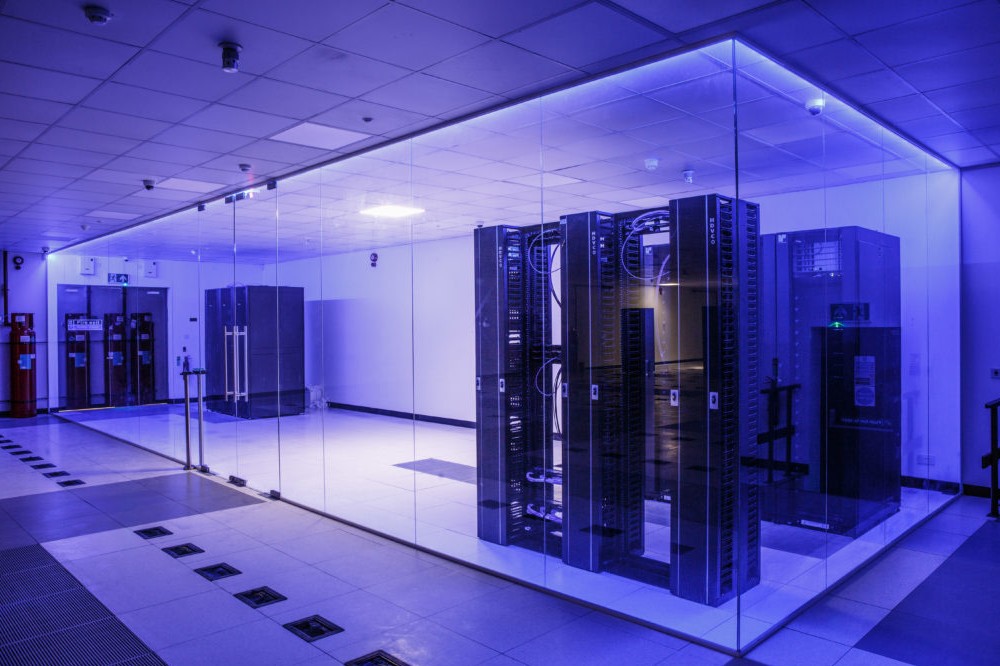Sean Hilliar, co-founder and data centre manager at London colocation provider IP House, discusses how keeping your IT infrastructure fit is the key to weathering any crisis.
In its recently-released 2019-2020 Top Insights for the C-Suite, Gartner analysed the performance of nearly 1,000 organisations that had experienced a very severe crisis to understand what differentiates ‘fit’ organisations from the ‘fragile’ ones. It found that those ‘fit’ organisations came out of the other side of the crisis with stronger growth, increasing their revenue at a compound annual growth rate of 5% over the past three years, compared with 3.5% for fragile enterprises.
Every leader responsible for the success of an organisation will now be reviewing and updating their contingency plans within these exceptional times. Today, the impact of not reacting is far too significant. What we are witnessing first-hand is the convergence of digital, political and social change at levels not experienced in this generation.
Leading digital transformation and IT infrastructure strategies can be challenging at the best of times, so considering to go off-premise might not seem like the optimal choice. However benchmarking your IT infrastructure resilience and seeking both trusted advice and support provides the opportunity to re-evaluate requirements, improve cost efficiencies and navigate to safer shores.
Business continuity and disaster recovery
The Business Continuity Institute (BCI) cites the top 5 organisational functions important to the foundation of a resilient organisation as: Business Continuity; Crisis Leadership and Management, IT Disaster Recovery, Risk Management and Information Security. The resilience of critical infrastructure is the backbone of all these areas.
The most comprehensive IT disaster recovery plan will comprise a back-up strategy with a fully mirrored recovery site. This should work in conjunction with periodic risk assessments, the overall objective being to safeguard mission critical operations within unplanned scenarios, whilst at the same time continuing your digital transformation and ensure business agility against changing external conditions. Successfully integrating real time data analytics and insights will also optimise risk mitigation.
With a secure and reliable data centre provider, you can alleviate many of these risks. The right colocation facility provides a safe, secure, and resilient, purpose-built environment to house your critical infrastructure, incorporating all the necessary redundancies so you can rest assured your business will remain online and operational at all times.
Ensuring uptime and uninterruptible power
Tier III data centres often offer multiple levels of resiliency to protect customers from unexpected downtime. This typically works so that should incoming power to the facility be compromised, UPS’ will take over the load, while UPS batteries and power modules are continuously monitored and maintained to ensure uptime during an outage or power event.
Some data centres take monitoring the health of their critical infrastructure a step further, using DCIM software, such as Schneider Electric’s EcoStruxure IT, for 24/7 monitoring. Additionally, some facilities have dual redundancy A+B generators installed, which are designed to take the load off of the UPS’ if required. It’s important that site generators and other critical infrastructure are fully maintained and serviced thoroughly throughout the year to ensure they can safely operate during power outages – it’s best to check this with your provider.
Cooling, network and racks
Another consideration you should make when choosing a colocation provider should be the cooling capabilities. Some data centres, such as IP House’s, are configured to N+1. This means that if a cooling unit fails there is an adequate configuration of units to continue operating at the correct efficiency. Once again, it’s important that all these systems are monitored and serviced regularly. Make sure to check this when choosing providers.
When it comes to networking, it’s advised that you opt for a carrier neutral data centre with connections available from multiple carriers to a single client, depending on the levels of resiliency that you require. This can ensure that your IT equipment stays online even in the event of the carrier’s network going offline.
There are other options you may want to consider, such as whether you’re satisfied with one power distribution unit per rack, or whether you would prefer two. The advantage of dual power inputs is naturally added resiliency, but only some data centres will offer this to clients.
Cybersecurity and safeguarding remote working
According to the FTI Consulting’s Resilience Barometer 2020 report, 90% of those surveyed believe they have cybersecurity gaps. That’s why it’s vital to get your cybersecurity right, and that starts with choosing a data centre provider.
You should consider if your data centre provider offers multifaceted levels of physical security, cybersecurity protocols, advanced threat protection, endpoint protection and remote monitoring. Is your data protected via an in-house security operations centre and is there monitoring software in place that can rapidly identify attack vectors and potential threats?
The advantage of utilising next-generation DCIM software means that by the time a client is aware of an issue, the data centre should already be working to resolve it. Through remote monitoring everything can be managed from an off-site location, and for organisations having to adapt rapidly whilst maintaining interconnectivity with staff, the colocation facility should be ahead of the learning curve; uniquely positioned to guide new clients with technical advice, trusted partnerships and operational continuity driven by operational and service excellence.
Finally the level of support you’ll receive from your colocation provider should also be a key consideration. Will they be on hand 24 hours a day, 7 days a week, 365 days a year? That’s an important factor during these extraordinary times, especially since many companies aren’t able to send their own staff to complete tasks on-site in this age of social distancing.

